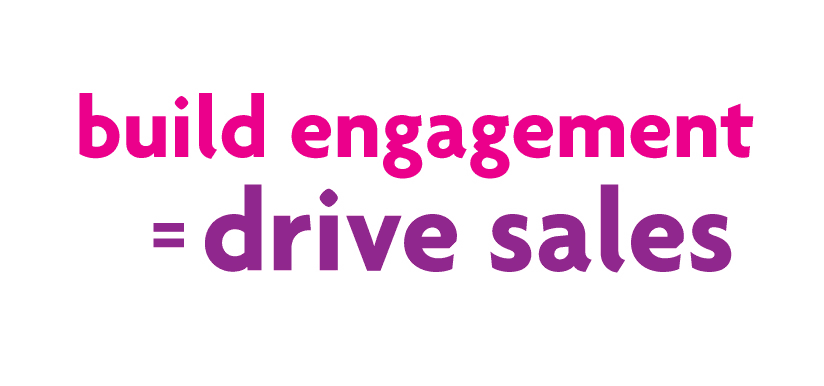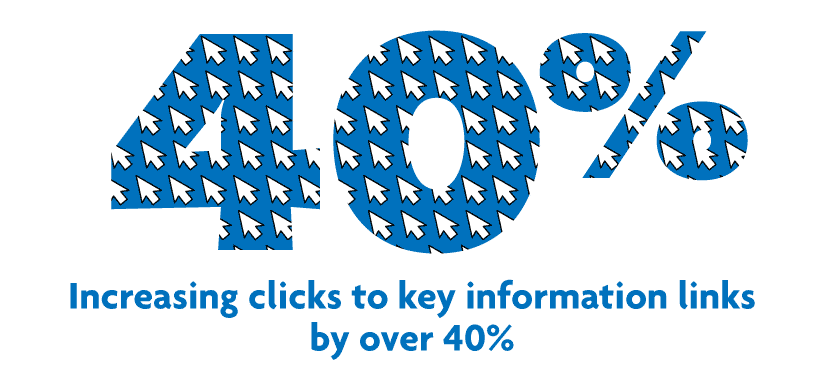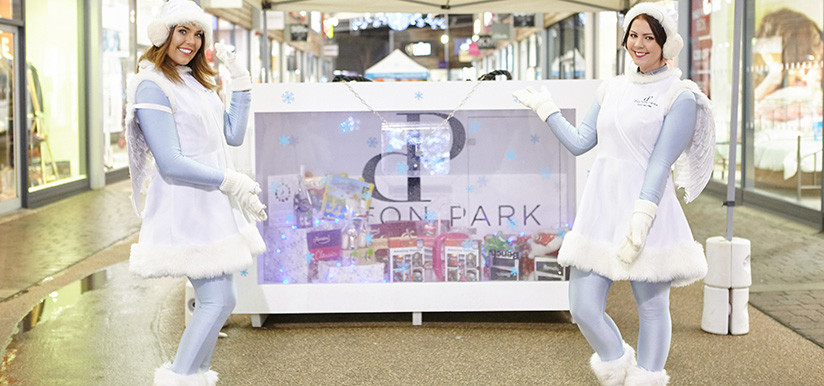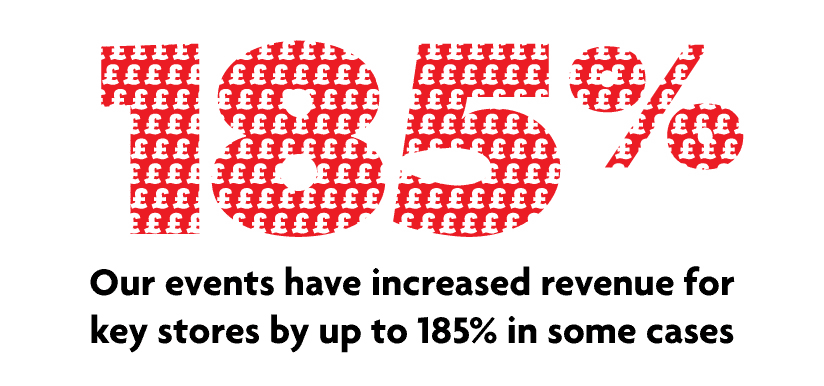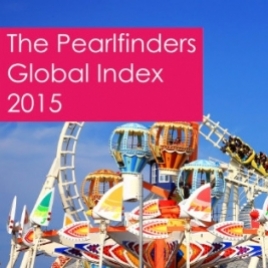Added: 8th April 2015
Marketing experts Pearlfinders have recently revealed that an increasingly high number of companies are boosting their use of experiential activation techniques within their marketing campaigns. This was shown with a 54% increase in experiential activities from last year based on an analysis of yearly interviews with 10,000 marketing budget holders from across Europe, the UK, USA and Asia, conducted in Pearlfinders Global Index.
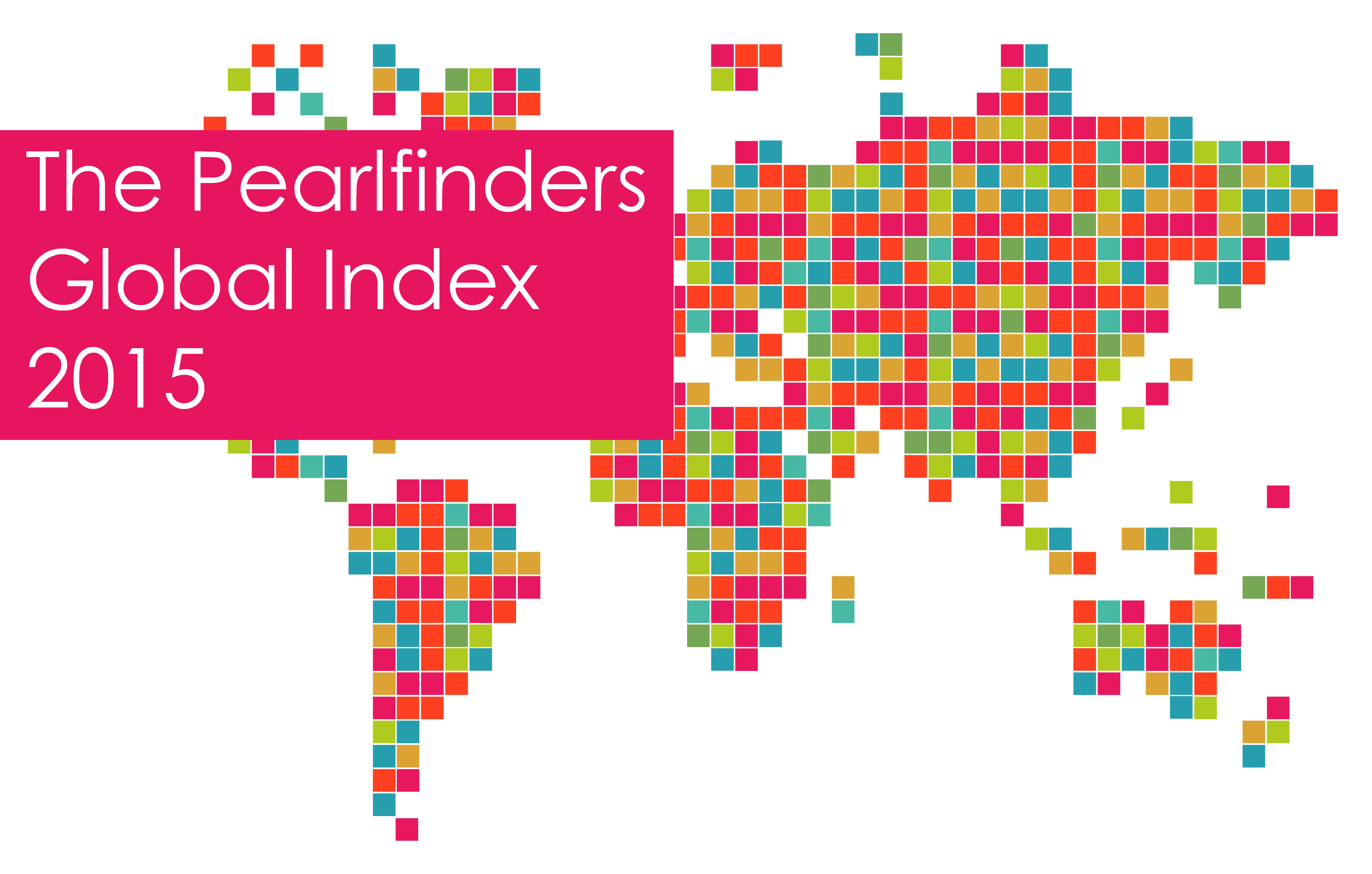
Mike Thorne, editor of the Pearlfinders Global Index, put the increase down to a number of contributing factors, noting that experiential marketing currently plays a much more pivotal role within the overall wider marketing picture and has a much wider appeal with young consumers in a modern society. "There’s something about live settings that really resonate with younger, millennial consumers. Experiential is also increasingly being used to activate social media campaigns, therefore, being more integrated into the marketing mix."
The link between social media and live events is something that IE have found to be incredibly beneficial for the overall reach of a campaign over the past 12 months. In that time, with long term road safety client Road Respect, IE implemented a pop-up shop with all results being linked to the digital output. Features such as the Twitter Wall helped make the activation a success, immersing visitors in to both worlds with their tweets being projected on to the wall of the shop if they utilised the hashtag #SoYouThinkYouCanDrive.
This integrating of face to face marketing and the digital output of a campaign worked to increase brand awareness across all platforms, with increased engagement measured in website traffic and through social media as well as through feedback received at live activations. The ever changing nature of social media means that a well executed strategy can be implemented and extend engagement beyond what was expected for an activation. With Road Respect IE seen increases as impressive as 350% in Twitter engagement and interaction levels between days with and without a live event taking place, showing us the importance in providing this link and the importance of a well structured, 360 approach to a brand activation.
The Coca-Cola "Share A Coke" experiential campaign is a brilliant example of a national brand showing us how reach and engagement can be extended and sustained for a long period of time. The campaign started in Australia in 2011 and after selling more than 250 million named bottles and cans in a nation of just under 23 million people, the campaign went on to make its way around the world reaching more than 70 countries from Great Britain, Turkey, The USA and China. 2014 recorded 998 million impressions on Twitter and 65 experiential stops on the Share A Coke Tour in Europe alone, showing the extensive reach and capabilities of a successful experiential marketing campaign.
Pearlfinders reported that experiential now accounts for more than 7% of all briefs compared to the 4% recorded in 2014, coming second only to marketing research/strategy. This increasing trend comes at a time with a whole host of new technologies being introduced as the year goes on, indicating that 2015 could well turn out to be a very exciting year for experiential marketing and successful experiential activations in the UK and globally.
Related Images
Categories
















